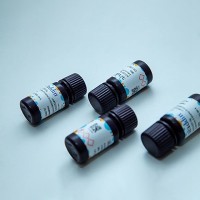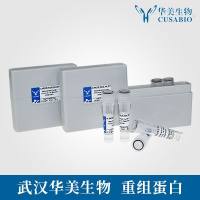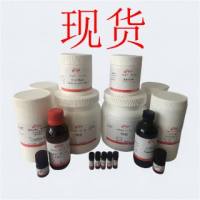Heterotrimeric guanine nucleotide-binding regulatory (G) proteins, composed of α-, β-, and γ-subunits, play pivotal roles in many receptor-mediated transmembrane signaling processes. Although detailed regulatory modes of G protein-mediated signal transduction have not yet been fully elucidated, the following scheme is generally accepted (Fig. 1 ). In an inactive state, G protein exists as an associated form of GDP-bound a-subunit and fiy-subunits (Fig. 1A ). When an agonist is bound to the cell-surface receptor, the receptor is conformationally changed and interacts with the G protein so that GDP bound to the a-subunit is released and replaced with GTP (Fig. 1B ). This GDP-GTP exchange reaction turns on the G protein activation process, in which GTP-bound a-subunit is dissociated from py-subunits (Fig. lC), resulting in a modulation of the function of effector molecules such as adenylyl cyclase, phospholipases, and cGMP phosphodiesterase (Fig. 1D ). The a-subunit of G protein has inherent high-affinity or low-K
m
GTPase activity, which hydrolyzes GTP on the a-subunit into GDP and inorganic phosphate (P,) (Fig. 1E ). This turn-off reaction results in reassociation of GDP-bound a-subunit and βγ-subunits to end the activation cycle of G protein (Fig. 1A ). Such properties of the receptor-mediated G protein activation/inactivation cycle allow us to use several biochemical techniques to investigate the function of G proteins that are coupled with, and activated by, the receptors. These include receptormediated GDP release, GTP binding, and GTP hydrolysis.
Fig. 1.
Schematic diagram of receptor-mediated activation/mactivation cycle of G protein (
see
Introduction for detailed comments). A, agonist; R, receptor protem; E, effector molecule; α, α-subumt of G protein; βγ, βγ-subunits of G protein; S, substrate, P, product.






